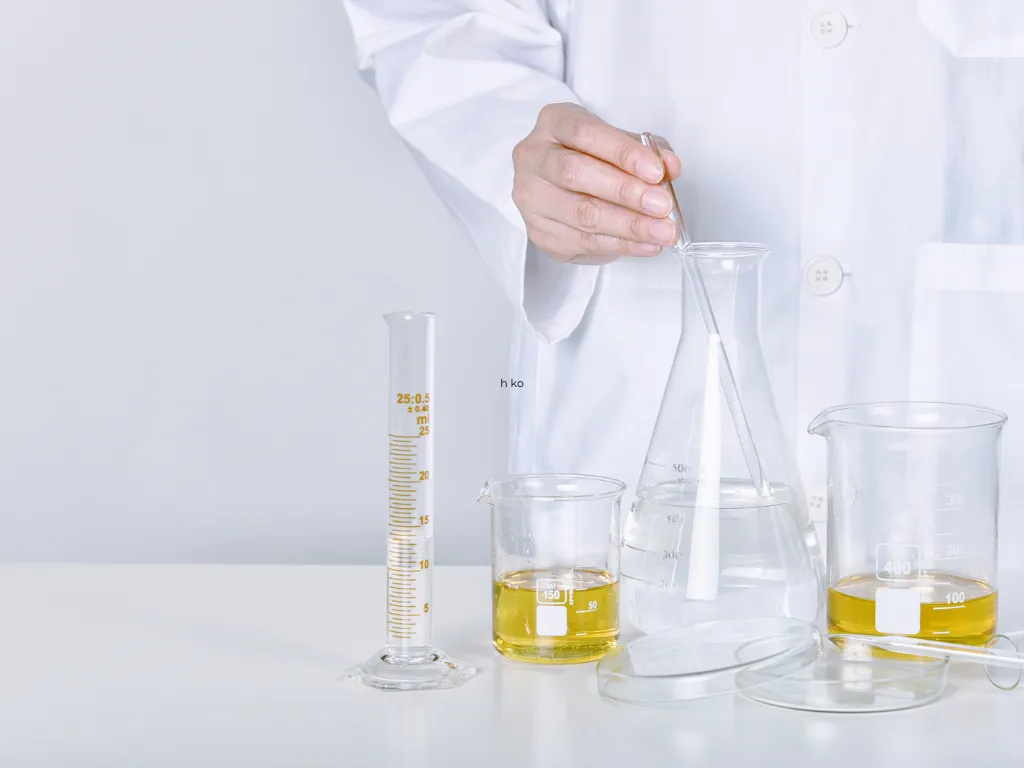News Details

Mandatory data call-in for more than 850 substances issued by Canadian government.
On June 24, 2023, Environment and Climate Change Canada (ECCC) published a mandatory data call-in for over 850 substances utilized in various products such as cosmetics, paints, and building materials. The purpose of this data collection is to gather crucial information regarding the commercial status and applications of these substances across Canada. The collected data will play a significant role in future risk assessments, risk management, and other actions within the framework of the Chemicals Management Plan (CMP), as stated in the notice published by the ECCC on June 24.
Companies are required to submit their responses by January 17, 2024. This notice marks the first extensive survey of chemicals conducted under section 71 of the Canadian Environmental Protection Act (CEPA) since the recent reforms to the country's environmental legislation. Another section 71 survey focusing on PFASs is anticipated to be conducted later this year.
The listed substances have been categorized into four parts, each subject to specific reporting requirements:
1. Part consists of nearly 500 substances. The reporting requirements apply to manufacturing, imports, and uses exceeding 100 kg of any substance.
2. Part 2 encompasses approximately 130 substances and reporting is mandatory for quantities equal to or exceeding 1,000 kg.
3. Part 3 comprises 20 substances associated with specific applications. Reporting is necessary for imports or uses above 100 kg.
4. Part 4 covers more than 200 substances. Reporting is required if the substances were manufactured, imported, or used in quantities of 100 kg or more, along with an additional use activity.
Substances falling under parts 1, 2, and 4 necessitate reporting as individual chemicals or if they are present in a mixture or product at a concentration equal to or exceeding 0.1% by weight. Moreover, reporting is mandatory for substances in parts 1, 2, and 4 if they exceed the 0.1% by weight concentration in any manufactured item intended for specific purposes, such as use by children under 14, contact with mucosa (excluding the eyes), inhalation or dermal contact, cookware or utensils for heated food or beverages, food packaging material, reusable food or beverage containers, clothing or footwear, bedding, sleeping bags or towels, furniture, mattresses, cushions or pillows for residential use, residential carpet, vinyl or laminate flooring, or foam under the flooring.
Part 3 substances require reporting when imported or used in volumes above 100 kg either on their own or in mixtures, products, or articles intended for specified applications. These applications include adhesives, paints and paint thinners, automobile care products, furniture, and food packaging.
The information required for the CEPA section 71 survey includes the total quantity in kilograms of the substance(s) manufactured, imported, or used during the calendar year 2022, as well as the functions, uses, and manufacturing facilities associated with the listed substances.
It is important to note that the reporting mandate does not apply to listed substances if they are solely in transit through Canada or if they are contained within products regulated by specific other statutes, such as the Pest Control Products Act or the Fertilizers Act.
Furthermore, the notice includes exceptions for tetrachloroethylene (also known as perchloroethylene or Perc) and trichloroethylene (TCE) when their use would be subject to reporting under other laws, such as for solvent degreasing and dry cleaning.
To find out more about the substance list please click here: https://www.gpcgateway.com/common/downloadable/MQ--/Q2FuYWRh
We acknowledge that the above information has been compiled from Canada Gazette.


